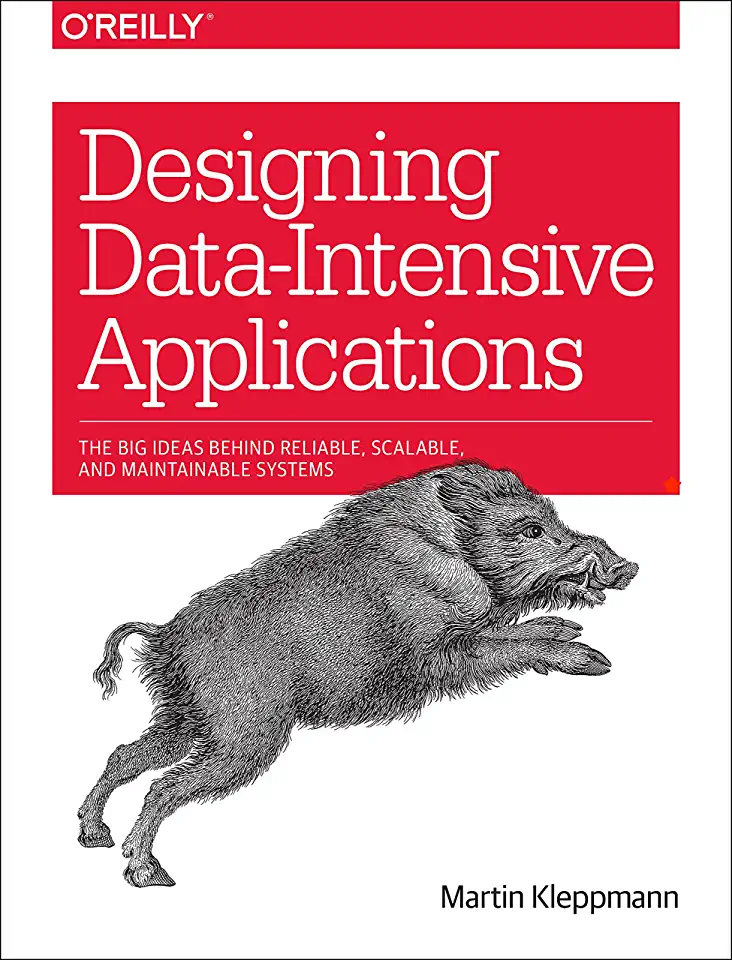
Designing Data-Intensive Applications- The Big Ideas Behind Reliable, Scalable, and Maintainable Systems - Martin Kleppmann
Designing Data-Intensive Applications: The Big Ideas Behind Reliable, Scalable, and Maintainable Systems by Martin Kleppmann
A Comprehensive Guide to Building Robust Data-Driven Systems
In the era of big data and cloud computing, designing and building data-intensive applications has become a critical skill for software engineers. Martin Kleppmann's book, "Designing Data-Intensive Applications," provides a comprehensive and practical guide to help readers navigate the complexities of modern data systems. With over 1500 pages of in-depth knowledge and real-world examples, this book is a must-read for anyone looking to build reliable, scalable, and maintainable data-intensive applications.
Key Concepts and Principles
Kleppmann begins by introducing the fundamental concepts and principles of data-intensive applications, including data modeling, data storage, and data processing. He explains the different types of data models, such as relational, NoSQL, and graph databases, and discusses their strengths and weaknesses. The book also covers data storage options, including traditional file systems, distributed file systems, and object storage, and provides guidance on choosing the right storage solution for different scenarios.
Scalability and Reliability
One of the key challenges in designing data-intensive applications is ensuring scalability and reliability. Kleppmann dedicates several chapters to these topics, discussing techniques such as sharding, replication, and load balancing. He also covers fault tolerance and disaster recovery strategies, helping readers build systems that can withstand failures and maintain high availability.
Data Processing and Analytics
Data-intensive applications often involve complex data processing and analytics tasks. Kleppmann provides a comprehensive overview of these topics, covering batch processing, stream processing, and real-time analytics. He discusses different data processing frameworks and tools, such as Hadoop, Spark, and Flink, and explains how to choose the right tool for different use cases.
System Design and Architecture
Designing the architecture of a data-intensive application is crucial for its success. Kleppmann dedicates several chapters to this topic, discussing different architectural patterns, such as microservices, event-driven architectures, and data pipelines. He also provides guidance on choosing the right architecture for different scenarios and how to optimize performance and efficiency.
Real-World Case Studies
Throughout the book, Kleppmann presents real-world case studies from companies such as Google, Amazon, and Netflix to illustrate the concepts and principles discussed. These case studies provide valuable insights into the challenges and solutions encountered in building large-scale data-intensive applications.
Why You Should Read This Book
"Designing Data-Intensive Applications" is an essential resource for software engineers, architects, and anyone involved in building data-driven systems. With its comprehensive coverage of key concepts, practical advice, and real-world examples, this book provides the knowledge and skills needed to design and build reliable, scalable, and maintainable data-intensive applications.
Conclusion
In conclusion, Martin Kleppmann's book, "Designing Data-Intensive Applications," is a must-have for anyone looking to build robust data-driven systems. Its comprehensive coverage of key concepts, principles, and real-world examples makes it an invaluable resource for software engineers, architects, and anyone involved in the design and development of data-intensive applications.
Enjoyed the summary? Discover all the details and take your reading to the next level — [click here to view the book on Amazon!]